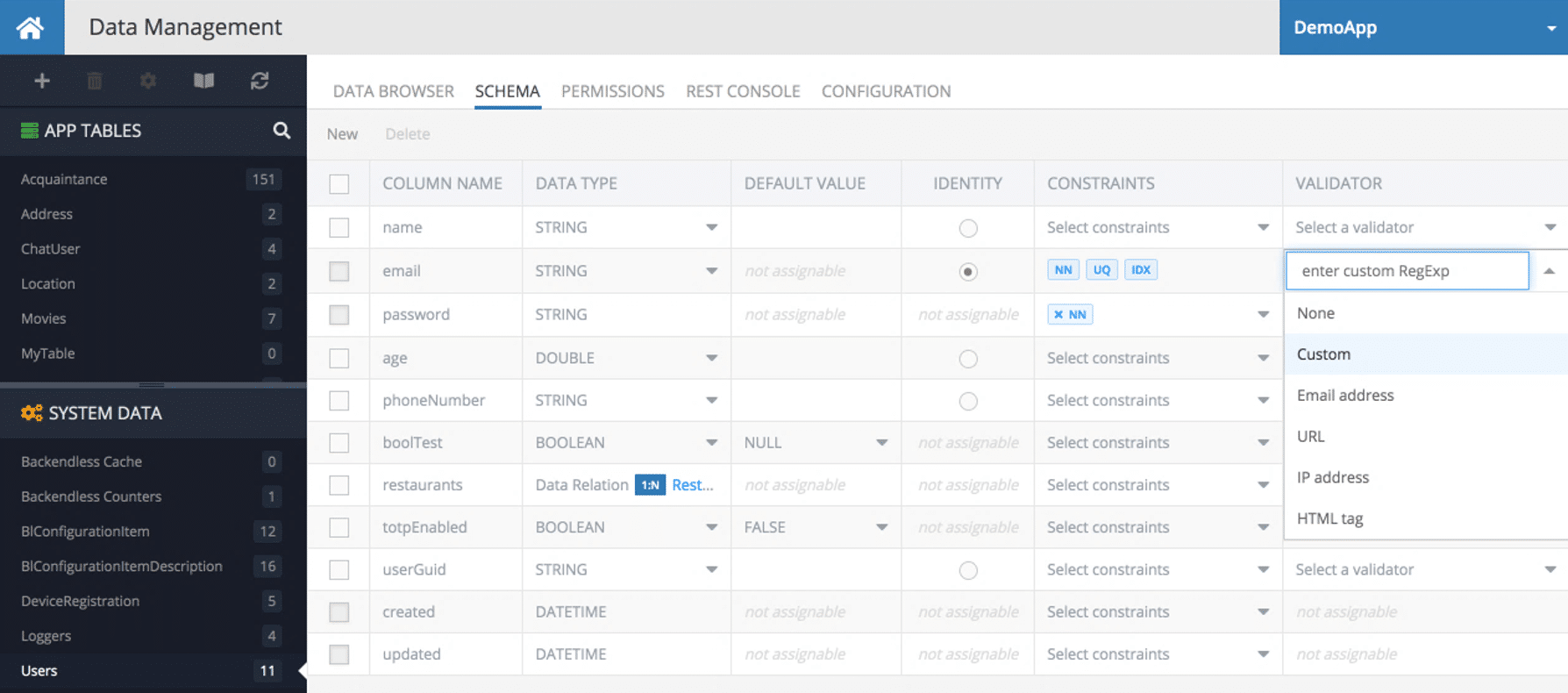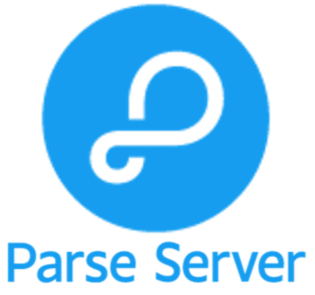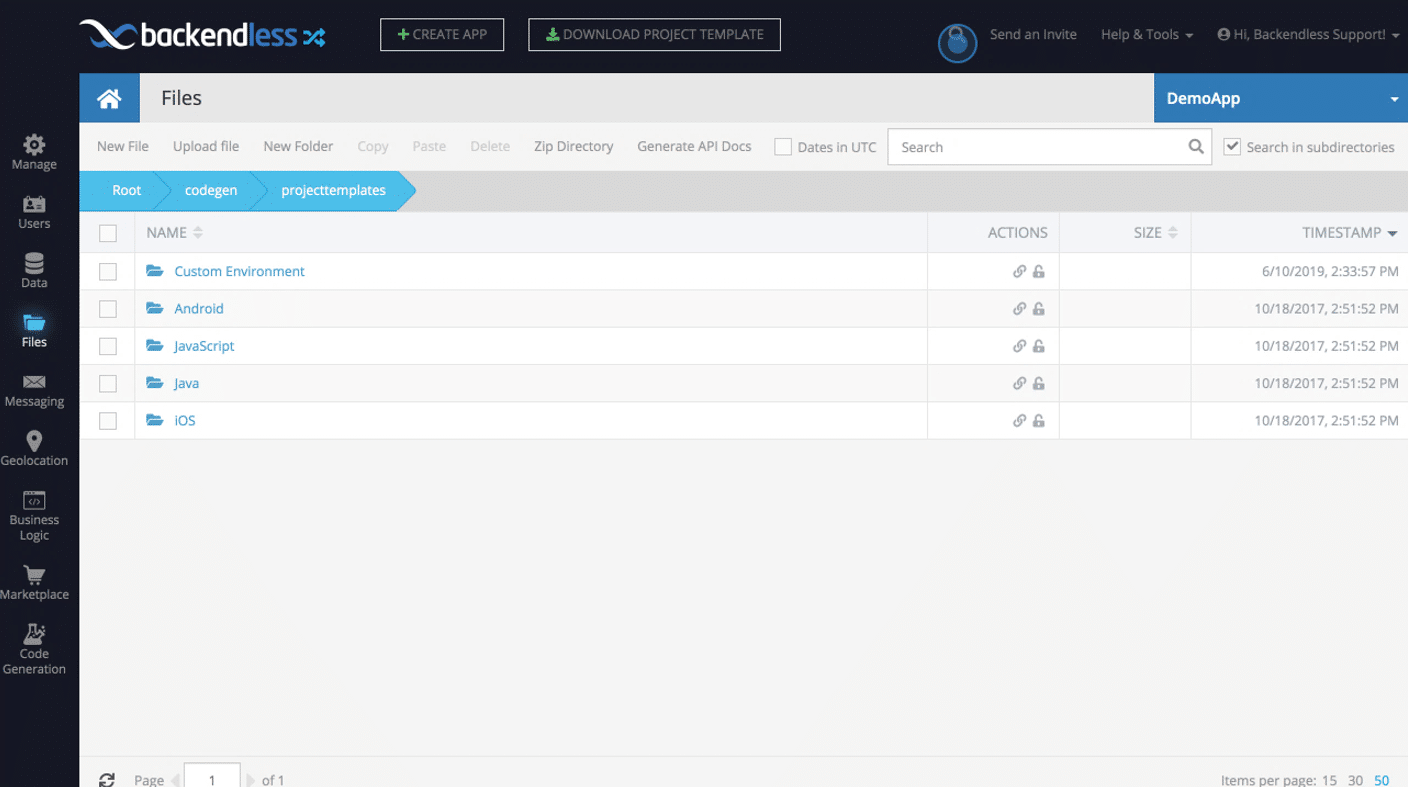Introduction
We’re all looking to streamline app development. Backend development in particular is a clear point where efficiency is key because improper code can slow down you app and affect all users equally. One of the best ways to speed up backend development without risking creating problematic code is to utilize a no-code mobile backend as a service (MBaaS) platform like Backendless or Parse Server.
We know there are many MBaaS platforms to choose from. In this article, we will compare the Backendless platform to a Parse Server backend. Parse was one of the most popular early MBaaS platforms. Created by Facebook, the platform was made open source at the beginning of 2017, with Facebook discontinuing its support. Since that time, developers have been seeking an alternative to Parse.
Parse Server (independent of Facebook) is built atop the open-source Parse backend platform. We will review the functionality available for Backendless and Parse Server in the following categories:
- Data Management – We will examine how each platform approaches managing and manipulating data. This includes features such as data import and export, schema creation and modification, and data validation.
- User Management – We will review the features that these platforms offer for managing user data and profiles.
- File Management – We will discuss how each platform facilitates saving and sharing files, including file upload both within the platform and via API, and file management within the platform’s UI.
- Real-Time Messaging – We will compare the platforms’ real-time data capabilities to determine which provides the greatest flexibility.
This article will focus only on a comparison of Backendless and Parse Server for the backend. Unlike Parse Server, Backendless also features a fully integrated no-code UI Builder. With Backendless, you have the ability to build your entire app with one platform.
At the end of this article, you will have a clear picture of what differentiates a Backendless backend from a Parse Server backend as well as similar platforms.









